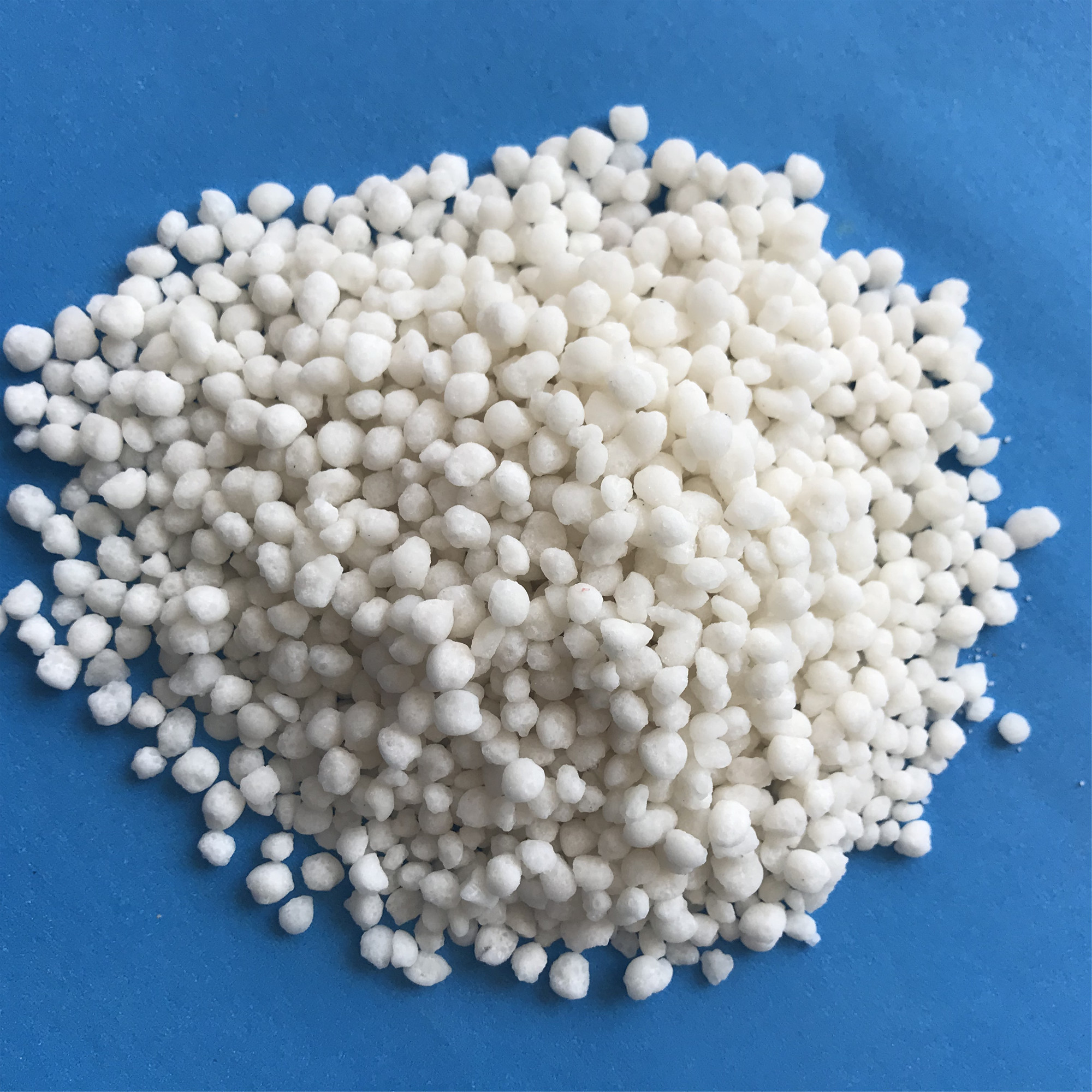



chemical formula for sodium sulfide
The Chemical Formula for Sodium Sulfide Understanding Na2S
Sodium sulfide is an important chemical compound with the formula Na2S. This compound consists of two sodium (Na) atoms and one sulfide (S) ion, making it a crucial component in various industrial applications and a subject of interest in chemical studies. Understanding the properties, synthesis, applications, and safety measures associated with sodium sulfide provides valuable insight into its significance in chemistry and industry.
Structure and Properties
Sodium sulfide is an ionic compound that forms when sodium ions (Na⁺) bond with sulfide ions (S²⁻). The ionic nature of this compound means that it typically consists of a crystalline solid at room temperature, characterized by its high melting point of approximately 840 °C (1,550 °F). Its solubility in water is significant, producing a strongly alkaline solution. Sodium sulfide is known for its distinct yellow color, which can vary in shade depending on the level of impurities present.
The compound has a molar mass of about 78.04 g/mol, which is derived from the atomic masses of sodium (22.99 g/mol) and sulfur (32.07 g/mol). Sodium sulfide can be presented in various hydrated forms, the most common being the nonahydrate (Na2S·9H2O), which contains nine water molecules associated with each formula unit of Na2S. This hydrated form exhibits different properties compared to its anhydrous counterpart and is often encountered in laboratory and industrial environments.
Synthesis of Sodium Sulfide
Sodium sulfide can be synthesized in several ways, but one of the most common methods involves the direct reaction of sodium metal with sulfur at elevated temperatures. This process can be represented by the following chemical equation
\[ 2Na + S \rightarrow Na2S \]
Another approach is through the reaction of sodium hydroxide (NaOH) with hydrogen sulfide (H2S)
\[ 2NaOH + H2S \rightarrow Na2S + 2H2O \]
chemical formula for sodium sulfide

Both methods highlight the straightforward nature of sodium sulfide formation, demonstrating the reactivity of sodium in producing various compounds.
Applications of Sodium Sulfide
Sodium sulfide serves multiple purposes across several industries. One of its primary uses is in the production of pulping chemicals for the paper industry. It plays a crucial role in the kraft process, where it acts as a reducing agent for the delignification of wood chips, allowing for the separation of cellulose fibers from lignin. This process enhances the quality of paper products while minimizing environmental impact.
In addition to its applications in the paper industry, sodium sulfide is utilized in the treatment of wastewater, particularly in the removal of heavy metals. Sodium sulfide reacts with metal ions, precipitating them as insoluble sulfides, which can then be filtered out of the water. This property makes it an essential component of various environmental remediation efforts.
Furthermore, sodium sulfide is essential in the manufacture of other sulfur-containing compounds, such as sodium thiosulfate and various metal sulfides. Its role in the production of photographic chemicals and the formulation of hair care products highlights its versatility in diverse applications.
Safety and Environmental Concerns
While sodium sulfide has valuable applications, it is not without risks. The compound is highly alkaline and can be corrosive, especially when in concentrated forms. Direct contact with skin or eyes can lead to severe irritation or burns, necessitating the use of appropriate personal protective equipment (PPE) when handling it. Ingesting sodium sulfide can be toxic, making it crucial to follow proper safety protocols in its storage and use.
Environmental concerns also arise from sodium sulfide's potential impact on ecosystems. As a substance that contributes to increased sulfide levels in water bodies, it can lead to toxic effects on aquatic life. Therefore, wastewater treatment plants must carefully control the use of sodium sulfide to prevent environmental contamination.
Conclusion
In conclusion, sodium sulfide (Na2S) is a compound of great significance in various industrial applications, spanning from paper manufacturing to wastewater treatment. Its unique chemical properties, coupled with its ability to react with other substances, make it an essential compound in many chemical processes. However, awareness of its hazards and environmental impact is crucial for ensuring safety and minimizing adverse effects. Continued research into sodium sulfide's applications and safe handling will foster its growth within the chemical industry, supporting innovations that enhance both productivity and environmental sustainability.
-
Why Sodium Persulfate Is Everywhere NowNewsJul.07,2025
-
Why Polyacrylamide Is in High DemandNewsJul.07,2025
-
Understanding Paint Chemicals and Their ApplicationsNewsJul.07,2025
-
Smart Use Of Mining ChemicalsNewsJul.07,2025
-
Practical Uses of Potassium MonopersulfateNewsJul.07,2025
-
Agrochemicals In Real FarmingNewsJul.07,2025
-
Sodium Chlorite Hot UsesNewsJul.01,2025










